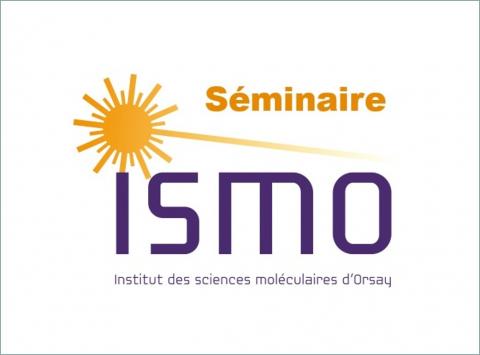
Modelling NMR Spectroscopy with Machine Learning : towards Large-Scale Modelling of NMR of Oxide Glasses
Machine Learning : towards Large-Scale Modelling of NMR of Oxide Glasses
par Thibault Charpentier
Université Paris-Saclay, CEA, CNRS, NIMBE, CEA Paris-Saclay
Solid-State NMR has now become a key spectroscopy in numerous fields of material sciences, as it provides precise information on both the structure and dynamics at an atomistic scale. The local environment of each atom (possessing a NMR active isotope) is characterized by a NMR fingerprint that can be acquired independently of the crystalline, disordered and vitreous form of the studied material. For these reasons, NMR has established itself as among the most powerful spectroscopy for studying oxide glasses, for example in the field of nuclear-waste glasses. Additionally, with recent advances in DFT computations, NMR can be combined with Molecular Dynamics (MD) simulations not only to help the interpretation of experimental data but also to assess structural models with NMR spectra directly. However, these accurate calculations are severely limited in system size by the high-computational cost of DFT computations.
In the last years, machine learning (ML) approaches have emerged in computational chemistry as they narrow the gap between the accuracy of DFT methods and the efficiency of classical approaches to compute and simulate structure and their properties.In the specific fields of NMR in solids, only a few approaches have been proposed, and even more for oxide glasses which are complex materials which structural features that are still debated.
In this presentation, after having reviewed few relevant recent applications of NMR to nuclear-waste glasses and the motivations for a combined experimental/MD approach, I will present foundations and applications of the most employed supervised ML methods, especially the Kernel Ridge Regression (KRR) and Artificial Neural Network (ANN) techniques. I will focus on the prediction of
NMR properties and show the crucial importance of the concept of descriptors in this new ML field. I will conclude by a brief description of recent deep-learning methodologies that address this question of defining the descriptors in an unsupervised (seemingly more powerful) data-driven way.
http://www.ismo.universite-paris-saclay.fr/spip.php?article2588
Faculté des sciencesMachine Learning : towards Large-Scale Modelling of NMR of Oxide Glasses
par Thibault Charpentier
Université Paris-Saclay, CEA, CNRS, NIMBE, CEA Paris-Saclay
Solid-State NMR has now become a key spectroscopy in numerous fields of material sciences, as it provides precise information on both the structure and dynamics at an atomistic scale. The local environment of each atom (possessing a NMR active isotope) is characterized by a NMR fingerprint that can be acquired independently of the crystalline, disordered and vitreous form of the studied material. For these reasons, NMR has established itself as among the most powerful spectroscopy for studying oxide glasses, for example in the field of nuclear-waste glasses. Additionally, with recent advances in DFT computations, NMR can be combined with Molecular Dynamics (MD) simulations not only to help the interpretation of experimental data but also to assess structural models with NMR spectra directly. However, these accurate calculations are severely limited in system size by the high-computational cost of DFT computations.
In the last years, machine learning (ML) approaches have emerged in computational chemistry as they narrow the gap between the accuracy of DFT methods and the efficiency of classical approaches to compute and simulate structure and their properties.In the specific fields of NMR in solids, only a few approaches have been proposed, and even more for oxide glasses which are complex materials which structural features that are still debated.
In this presentation, after having reviewed few relevant recent applications of NMR to nuclear-waste glasses and the motivations for a combined experimental/MD approach, I will present foundations and applications of the most employed supervised ML methods, especially the Kernel Ridge Regression (KRR) and Artificial Neural Network (ANN) techniques. I will focus on the prediction of
NMR properties and show the crucial importance of the concept of descriptors in this new ML field. I will conclude by a brief description of recent deep-learning methodologies that address this question of defining the descriptors in an unsupervised (seemingly more powerful) data-driven way.
http://www.ismo.universite-paris-saclay.fr/spip.php?article2588
